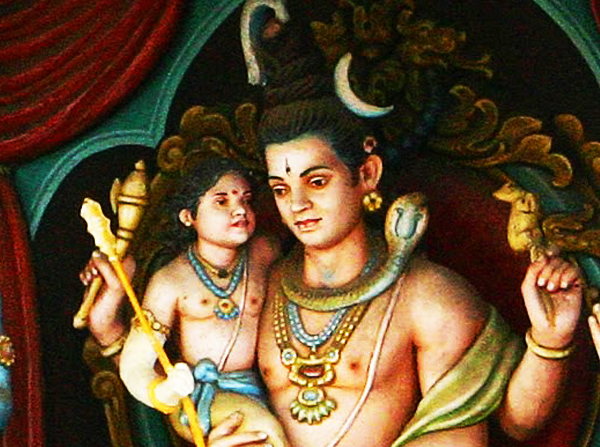
The story of Swaminathan and Swami Malai from the Tamil Kanda Puranam challenges one of the accepted relationship hierarchies of Hindu mythology, albeit in a manner that is typical to the region. Usually the father-son relationship is one of obedience – be it Rama and Dasarath, Yayati and Puru and Bheeshman and Shantanu – in Hindu Indian mythology. This story however has a twist.
Swami Malai is a small hillock near Kumbakonam, a small town in Tamil Nadu. The temple at Swami Malai is one of the six important temples associated with the cult of Murugan. This story forms the sthala purana of the temple.
One day, when Brahma was returning after paying obeisance to Shiva in Mount Kailash, he was stopped by the young boy Murugan, who was playing with his friends. Murugan was upset that Brahma, who had called on Shiva, had not paid him, the son of the god, his due respect. He decided to teach Brahma a lesson for his wanton disrespect. Standing in his way as Brahma stepped out of Kailash, Shiva’s son asked the god to introduce himself. Brahma, surprised by the rather strange request, introduced himself haughtily as the creator of all living beings and the guardian of the Vedas.
Hearing Brahma brag, Murugan asked Brahma where he had got his creative powers from. From his mastery over the Vedas, Brahma said. So, asked Murugan, if Brahma indeed was the fountainhead of Vedic knowledge, could he explain the meaning of the primordial mantra ‘AUM’? His ego severely dented at the audacious and curt questioning by a boy, Brahma replied dismissively, saying that he stood for the word ‘AUM’ and its meaning!
Wrong answer. Brahma was overstepping his role in the pantheon and enraged by Brahma’s arrogance, Murugan and his friends decided to imprison him. However that was disastrous; with the imprisonment of Brahma, all creation came to a standstill. Murugan stepped in and quickly assumed the role of Brahma and took over the creation process. Brahma meanwhile sulked in captivity.
But, Brahma’s absence did not go unnoticed in Devalok. Shocked to know that he was being held captive by Murugan, devas and the celestial seers approached Shiva for help. Shiva was amused at how a young boy could imprison the great creator god but agreed to help the gods.
He called Murugan and upon seeing him, was overwhelmed with a burst of paternal pride. He hugged the boy and lifted him onto his lap and appealed to him to release Brahma. But Murugan was not ready to fall for his father’s soothing words.
When Shiva realised that his gentle approach had failed, he was enraged! Assuming his angry form, he ordered his son to release Brahma at once. To pacify his livid father, Murugan grudgingly ordered the release of Brahma but not before explaining to his father why he had had him imprisoned in the first place.
Ignorance of the meaning and significance of Aum was unpardonable, argued Murugan, it showed the ignorance of the creator god, he said. Shiva was surprised at his son’s stance and that Murugan was well versed in the meaning of the holy mantra. He asked his son to teach him the sacred knowledge. Murugan agreed to do so provided Shiva was willing to be his disciple.
And so, Shiva, the student, placed Murugan, his teacher, on his lap and dutifully heard his son’s discourse. The iconography relating to this mythology is interesting. In some reliefs, the young Murugan is seen sitting on the lap of his father while imparting the sacred knowledge. Shiva is seen with his right hand over his mouth and head bent towards his son.
It must be noted that sacred knowledge is always imparted secretly (just as Brahmopadesh is done in a thread ceremony) so as not to reach the ears of the unsuitable. Here, because the teacher is a boy, short in stature, the older student has to bend down to receive the knowledge in his ears.
Although, according to Kanda Puranam, Murugan was sitting on Shiva’s lap, in some iconographies (probably belonging to the Murugan cult), Shiva’s body language is explicitly subservient. He is seen standing with his body bent and hands on his lips in a display of respect to his son Murugan, who is seen seated with his left hand holding his spear (Vel) and right hand in vitarka mudra (the mudra with the thumb touching the index finger is used to indicate teaching or instructing).
To a certain extent, the iconography of Dakshinamurthy (Shiva in the form of a teacher) as a young guru imparting supreme knowledge to students much older in age to him is comparable. But, what makes the Swami Malai story interesting is the fact that in this case, the student is Shiva himself and the teacher is his own son. This is particularly unorthodox in a society where traditions have established father as the son’s first guru.
The story of Swami Malai is thus a classic reversal of roles traditionally played by a father and son. Quite obviously, the deity is called Swaminathan, which means the ‘father’s teacher’.
Story collected by- Sumathi Sridhar
Source: Kanda Puranam (Tamil adaptation of Skanda Purnana in Sanskrit)
Location: Tamil Nadu
Image : Wikimedia Commons







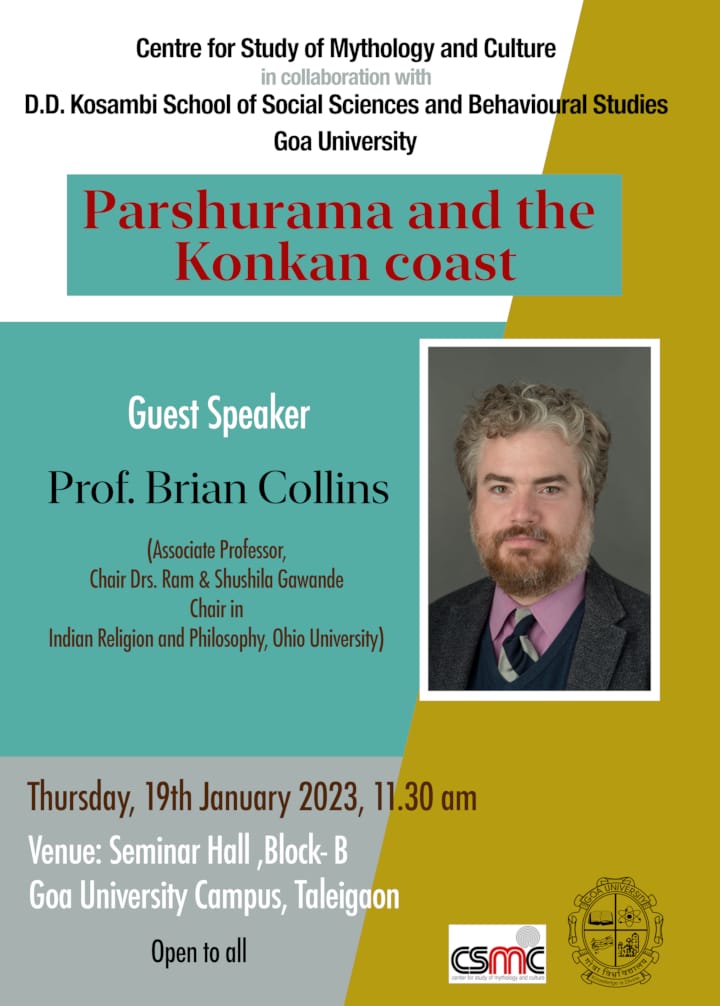
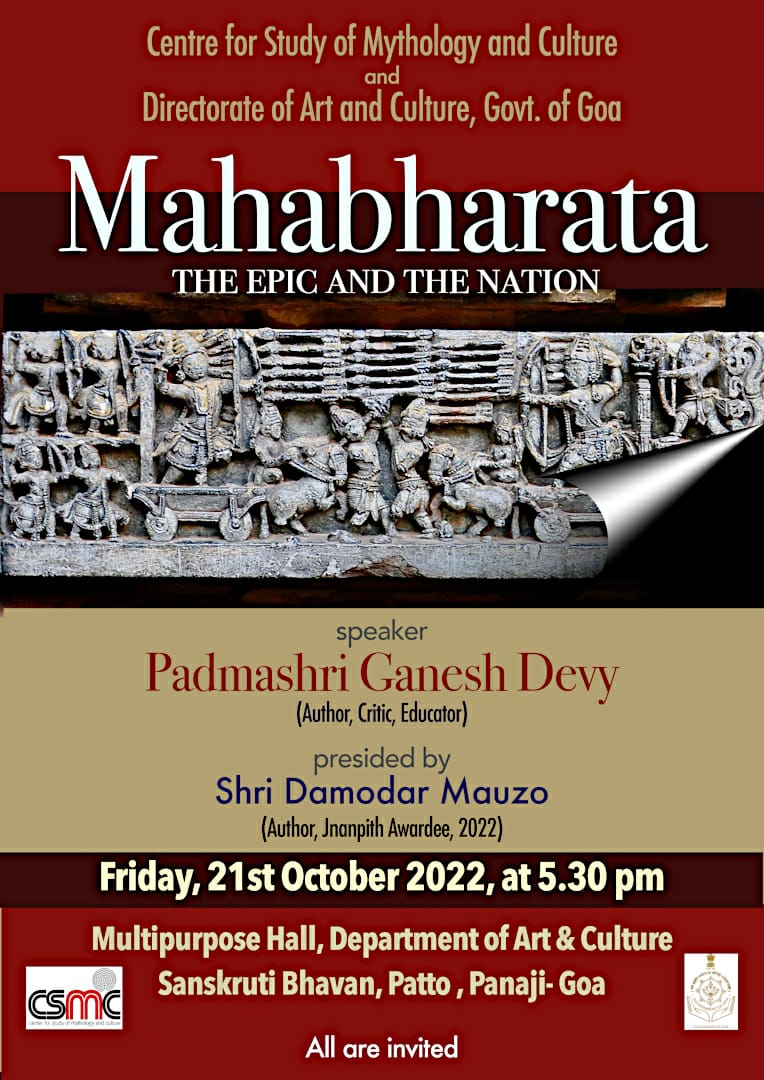
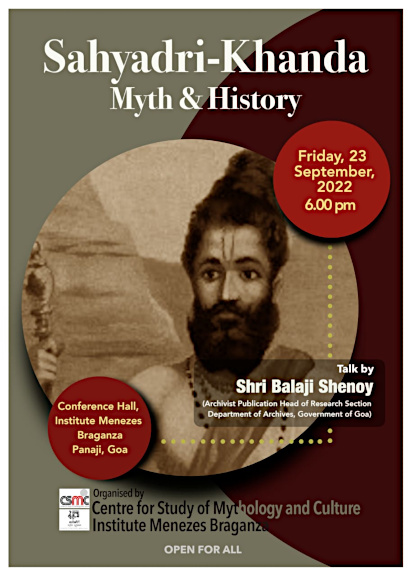
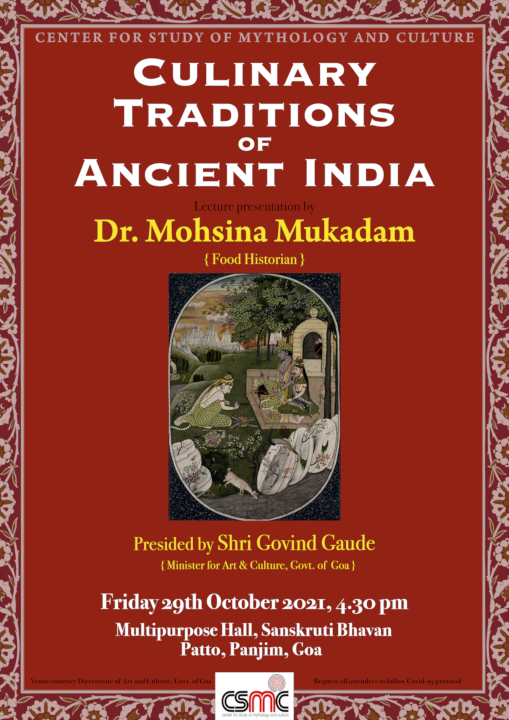

This is completely wrong : “When Shiva realised that his gentle approach had failed, he was enraged! Assuming his angry form, he ordered his son to release Brahma at once.”…When Shiva insisted Muruga to release Brahma, Muruga ordered to release him immediately..
Its not because of fear..But a respect to father…Remember Muruga didnt born to Shiva…It was shiva’s request that SanathKumara, the supreme God agreed to appear from Shiva!! upon his request at the needed time…When Shiva appointed Brahma for a task and another is capable of stopping him?? think they both are same!!
Kanchi puranam says..I have big sloka to praise Shiva and Vishu…Oh the supreme God i dont have any words to praise you…i will bow you 3 times thats what i could do…
so..dont go by others , try to learn the truth.